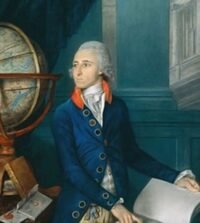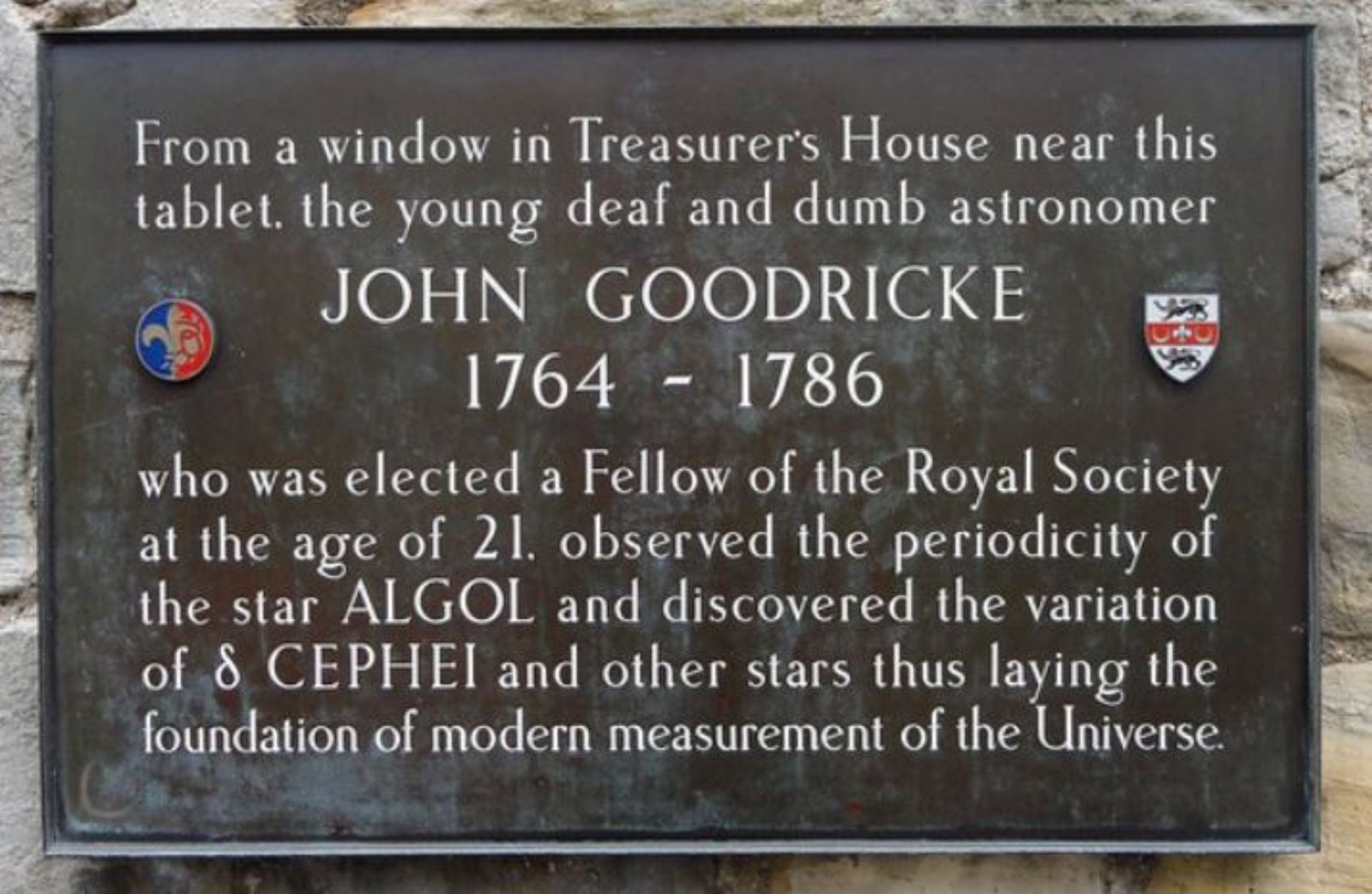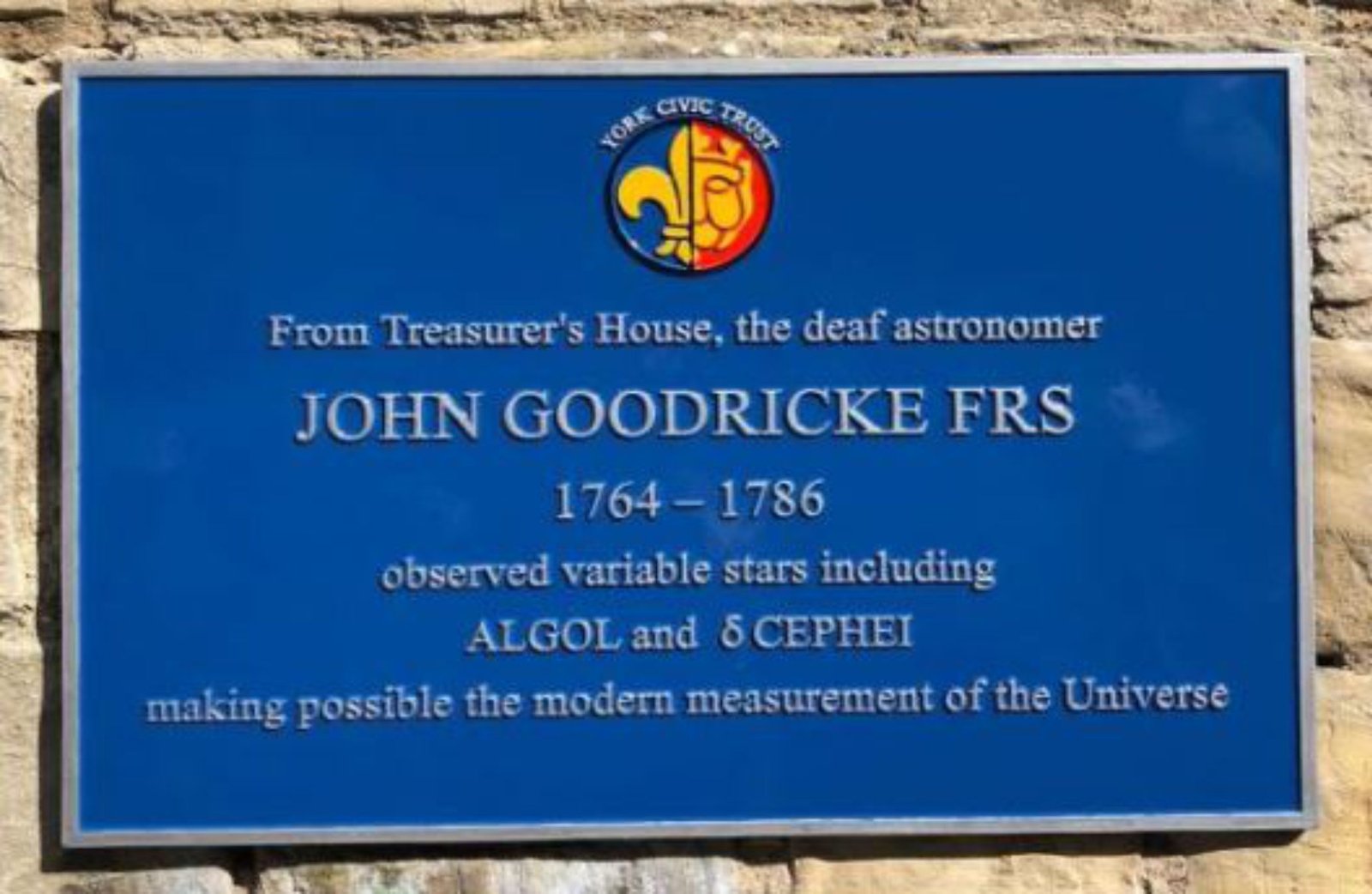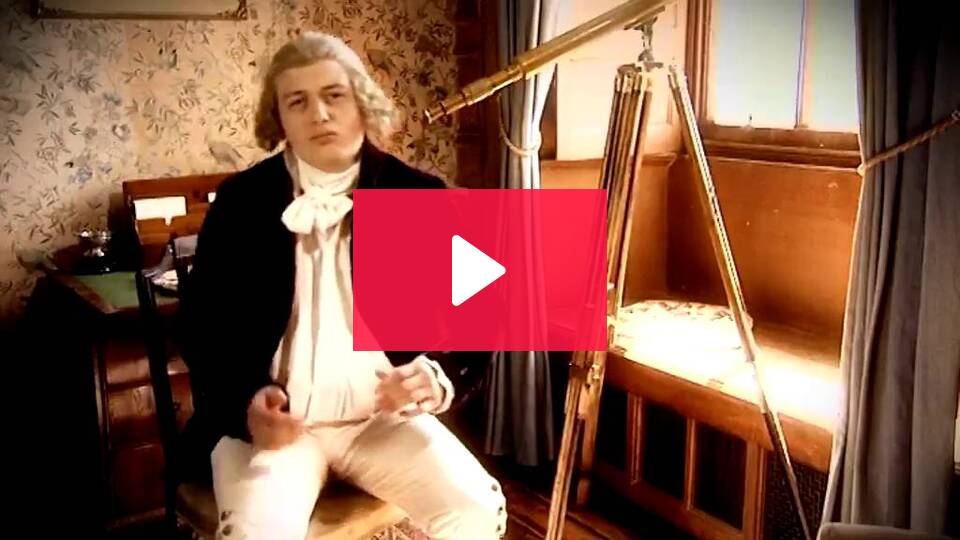oooo
How to find Algol in Perseus? (map)

oHow to find Algol in Perseus?
oooo
- Locate Cassiopeia
Find the distinct W or M shape of the Cassiopeia constellation, which is in the northern sky.
o
o - Find Perseus
Look below the Cassiopeia asterism to find the constellation Perseus. It has a distinctive curve of stars known as the Segment of Perseus.
o
o - Spot Algol
Within Perseus, look for the two brightest stars, which are Mirfak and Algol.
Algol is a prominent, naked-eye visible star.
o
o - Best viewing time
In the Northern Hemisphere, the constellation is most visible during the evening hours from autumn to spring.
o
o - Neighbouring constellations
The constellation Perseus, and therefore Algol, is bordered by several other constellation:
o- North: Cassiopeia and Camelopardalis
- South: Aries and Taurus
- East: Auriga
- West: Andromeda and Triangulum
oooo
oooo
More about Deaf astronomer John Goodricke
Deaf astronomer John Goodricke
LumoTV – BSL Documentary (2010) as part of the Deaf History series – John Goodricke
o
- In this episode, reporter Sebastian Cunliffe tells us about Deaf astronomer John Goodricke, who changed how we view the skies in his short life.
o - Having been born in Holland, Goodricke moved to the UK for his education, and settled in York ~ there he made a close friendship with Edward Pigott, a talented astronomer.
o - John soon made a scientific breakthrough which won him the prestigious Copley medal for his discovery of the Period of the Variation of Light in the Star Algol, and despite dying young, his methods are still used 200 years later.
oooo

- Learn more about John Goodricke.

- John Goodricke’s commemorative plaque is located outside Treasurer’s House in York.
o - Known for his observations of variable stars like Algol.
o

- Read More
– Revised John Goodricke Plague installed.
o
– wikipedia (John Goodricke)
oooo
oooo
Return to
oooo
oooo
Back
